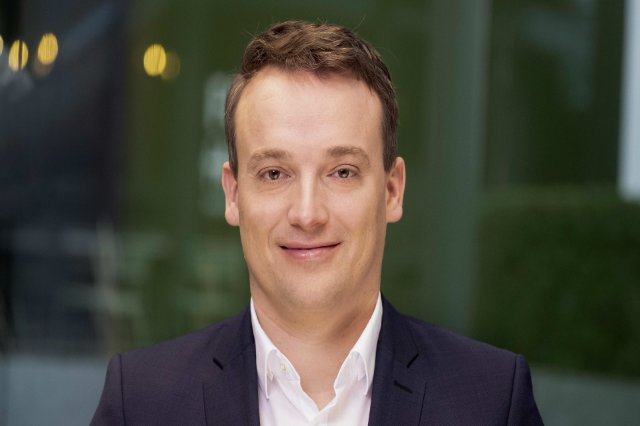
SAP CEO outlines new directions at Sapphire Now
There was one clear lesson for customers in SAP CEO Christian Klein’s opening keynote at Sapphire Now, the company’s annual conference: when you are moving critical processes to the cloud, you need to pick a reliable partner.
SAP did not, and its outsourced online event platform went down just as Klein was due to take to the virtual stage. The company was left scrambling to redirect the 150,000 customers attempting to view the keynote to back-up feeds streaming on LinkedIn or Twitter.
Klein told reporters the next day that there had been “some technical problems” in the virtual keynote and the following conference sessions, which remained inaccessible until later in the week.
“There’s clearly one decision which I already regret: to outsource our platform to a third-party provider,” he said. “You have to make sure the technical platform works.”
SAP’s own systems continued interrupted, Klein said, but the incidence underscored the importance of the platform on which applications are built. That was also one of the messages in Klein’s keynote, for those that were able to view it. Here is a roundup of key takeaways from SAP’s week-long event.
A common platform, but no common code base
SAP has gathered four parts of its product portfolio — analytics, data management, application development and intelligent technologies — under the name Business Technology Platform. This offers a common data model and single sign-on for many of the applications SAP offers — but no common code base.
It’s unimportant whether the cloud applications are all written in the same programming language, Klein told reporters. “What is important is that they all use the same data model, the same business services, … the same user experience.”
With all its core applications running on its HANA in-memory database, SAP is now focusing on integrating the business processes they serve. It’s already delivered on 50 percent of its integration milestones there, and will reach 90 percent by year-end, Klein said in his keynote.
Accounting for carbon footprint
One of the biggest challenges we face is climate change, according to Klein.
Whatever you think of climate science, governments around the world are taxing carbon emissions, and enterprises able to minimise their carbon footprint at all stages of their supply chain will have a competitive advantage. SAP is working on that internally, having promised back in May 2017 that it would be carbon-neutral by 2025. Now it’s introduced a tool that other businesses can use to manage the carbon emissions of their own supply chains.
SAP Product Carbon Footprint Analytics draws on information already held in SAP systems, such as energy usage, bills of materials and other procurement data, as well as third-party data sources. Doehler, a supplier of ingredients to the food and beverage industry, is SAP’s first customer to go live with the tool.
Industry cloud
Klein gave an update on the company’s industry cloud, a series of solutions built for specific vertical markets — consumer products or automotive, for example — using SAP Cloud Platform. These connect to the other elements of SAP’s Business Technology Platform using a set of published APIs and run on either SAP’s infrastructure or that of one of the hyperscalers: Amazon Web Services, Microsoft Azure or Google Cloud Platform. The company first outlined industry cloud back in 2014, when it set itself the goal of eventually extending its industry cloud to all 25 industries it serves. Klein now acknowledges SAP won’t do this by itself, instead working with partners to deliver solutions in some industries.
Emotional intelligence
SAP had a lot to say about experience measurement in the months after it paid $8 billion for Qualtrics, but at this event its presence was less apparent.
Qualtrics had been the responsibility of Jennifer Morgan before she became — for just six months — Klein’s co-CEO.
Klein gave it a passing mention in his keynote, and later told reporters its low profile was because it is now embedded across the company’s portfolio, for example in its SuccessFactors staff management tool. There it allows businesses to track the how staff feel, from recruitment to onboarding and throughout employment.
“It is a key pillar, one of the most strategic pillars we have in our portfolio,” Klein said, adding that it brought the emotional element to the intelligent enterprise.
IDG News Service








Subscribers 0
Fans 0
Followers 0
Followers